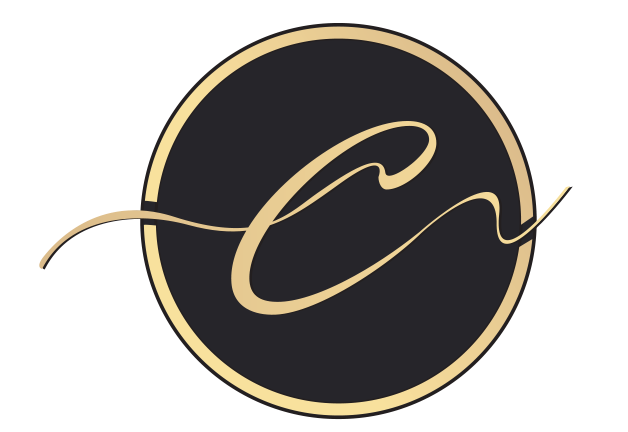Step Away From the Light
Time to Transition to the Dark Side
Blue light is good. Blue light is bad. Again, it’s not the technology that’s bad; it’s how we abuse it.
LED lights illuminate so many of our devices. Our smartphones, but also our laptops, televisions, e-readers, smartwatches, GPS navigators and hell, even our toaster ovens boast LEDs. LED stands for Light Emitting Diode for you hardcore techies.
Excess exposure to blue light can lead to insomnia.
LEDs are super-efficient, never overheat and have no filaments to burn out. These combinations of factors make LEDs an excellent option for all sorts of lighting from room lighting to bright phone displays.
Often, LEDs emit lots of blue light. Like plastic, blue light-emitting LEDs seemed like a good idea before we started polluting our brains with massive light overdoses.
Bathed in Blue
Many of the devices that cast a blue light are relatively harmless. Smartphones, however, are especially dangerous. Think about it. How often do you look at your phone? For how long? And how close is it to your face?
Blue light from smartphones is especially dangerous because many of us stare at our handsets often and for long periods often well into the night.
Here are a few more questions for you. Do your eyes hurt? Have you got frequent headaches? Are you irritable? Find it hard to sleep at night? If your answer is yes to a few of these questions, maybe you’ve poisoned yourself with blue light.
Excessive exposure to blue light can affect your body’s circadian rhythm; in plain terms, your wake and sleep cycle. Blue light can trigger the production of melatonin, the hormone that tells your body to wake up by tricking it into thinking it’s sunny. This can be a real problem at bedtime. In the worst-case scenario, excess exposure can lead to insomnia, and that is not pretty. After all, chronic sleep loss can lead to a weakened immune system, weight gain and poor memory.
Hmm. Where was I again? Hmm. Ah yes, dangers of blue light.
Blurry vision, watery eyes and headaches are also common symptoms. The good news is, prolonged exposure is not likely to cause permanent damage. We have the opportunity to make changes to protect our eyes. Smartphones, laptops/computers and TVs are the worst offenders, but since we can’t give up any of these devices in a modern world, let’s explore some practical alternatives.
Get Over the Blues
Limit Screen Time
Managing your overall screen time is the fastest, most straightforward step. Limiting your daily screen time and cutting it out altogether an hour before bed will immediately help reduce eye strain and promote healthy sleep.
Reduce Screen Brightness
Cut your screen brightness and receive the additional benefit of longer battery life in many cases. A bright light in a dark room contributes to eye strain and, importantly, can annoy other persons in the room. Adjusting the brightness for your environment is a win-win.
Wear Filter Glasses
Purchasing and wearing a pair of blue light filter glasses when using the computer at work is a good idea.
Enable Dark Mode
Dark mode/night shift is now available on a variety of devices including iOS, Android, Windows and macOS units. In essence, the feature reduces the sheer amount of blue light reaching your eyes by filtering it out while introducing “warm” colours and tones to screens. Dark mode reduces eye-straining contrast by inverting white text on dark or black backgrounds and cuts the blinding whiteness of screens.
In many cases, enabling dark mode increases battery life on a single charge.
“Warm” colours reinforce the brain’s perception of night and encourages sleep. The feature may be scheduled to mimic sunrise and sunset. Or … you can leave it on all time as I did.
Now you see the light. Stand up for your right!





